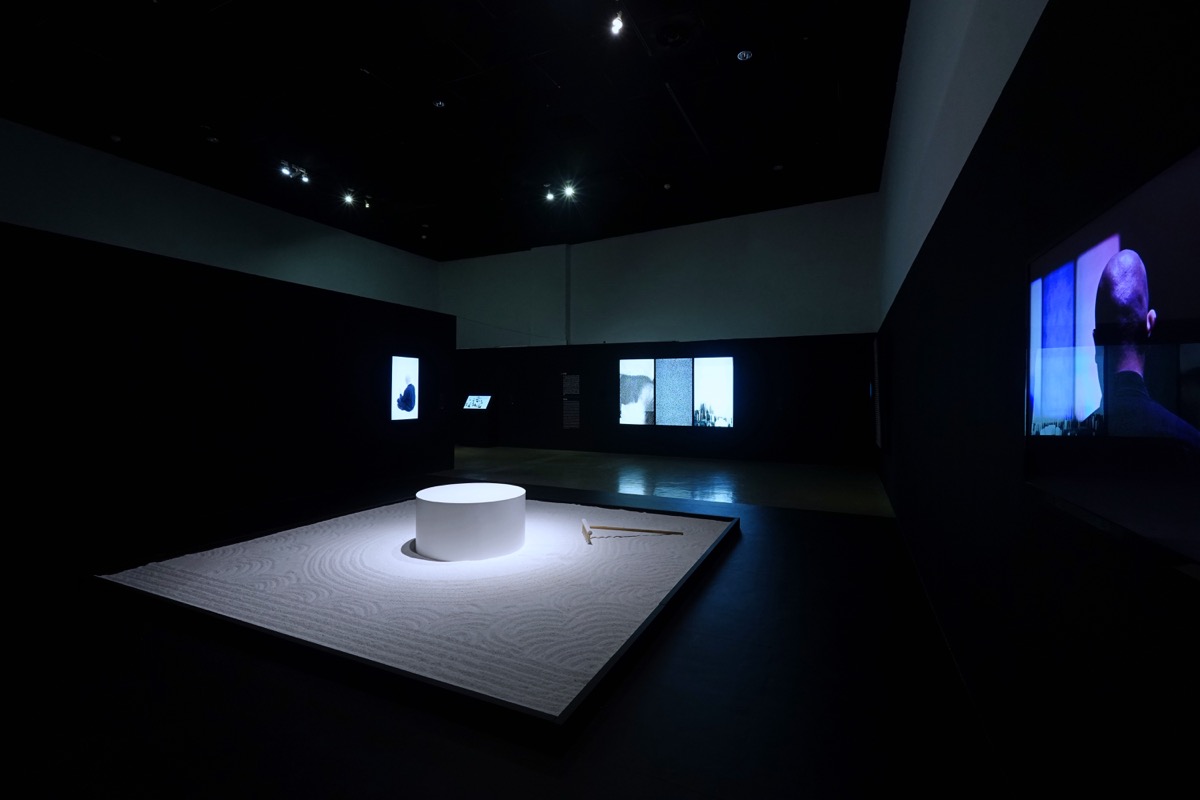Simulacra of Real Life
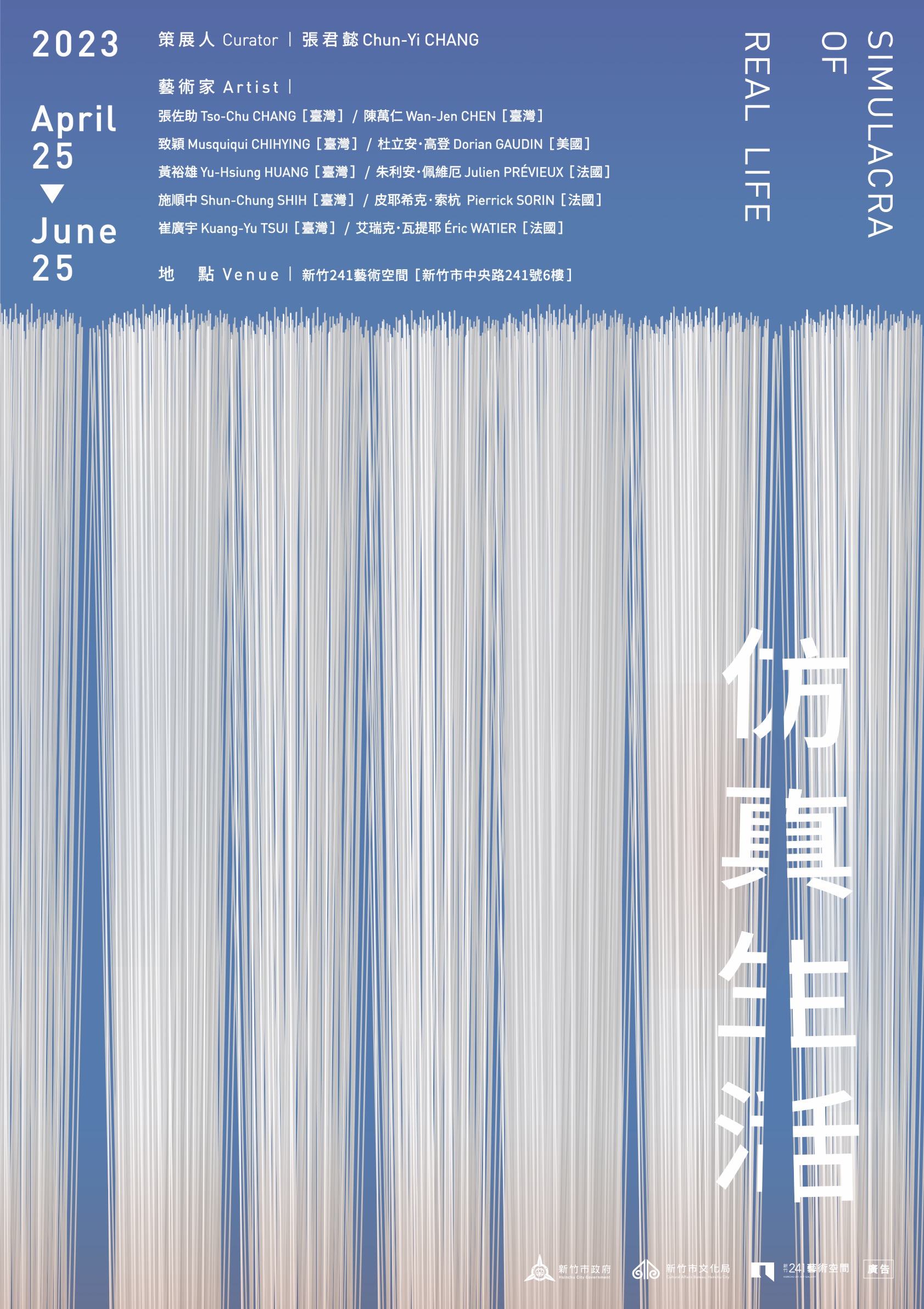 "Simulacra of Real Life" on line : https://reurl.cc/lDNRLQ|Brochure: https://reurl.cc/XEm5QDlign
"Simulacra of Real Life" on line : https://reurl.cc/lDNRLQ|Brochure: https://reurl.cc/XEm5QDlign
Text | Chun-Yi CHANG
"What we agree to call “life” is perhaps only an appearance or a semblance of life? Perhaps only, after being emptied itself unbeknown to us, its simulacrum or parody." — François Jullien
What is life to art? Art nowadays has undergone various trends, such as Dada, Happening, Fluxus and Arte Provera, etc. If life has long been integrated into art and art can be equated with life, then what kind of life do we live today? We are living In the virtual reality shaped by modern technological media, but do we seemingly feel alienated from the life we are living? Have we ever, unconsciously, missed it? And if what we’ve experienced is only the appearance of life, could art bring us back to the unpredictable moment that is taking place and rediscover the living life?
For the Greek philosopher Plato, “real life” only exists in the world beyond where the wise go after their death. “Real life is absent. We are not in the world,” writes the French poet Arthur Rimbaud. The German sociologist T. W. Adorno criticizes the consumer society for making life become an “ideology deprived of life itself”. In Life is Elsewhere by the Czech writer Milan Kundera, the protagonist is desperate for the other place beyond reach by escaping from the mediocre daily life. The movie Playtime by the French director Jacques Tati delineates various conditions of “in/adaptation” in modern life, revealing a “life in which human beings do not live”. “With only one life, why don’t we conceive a real life in the current life?” interrogates the French thinker François Jullien. He attempts to bring back the “world beyond” advocated by the western metaphysics to the present time and place, and suggests that “art” is able to stimulate from the outside our innermost, truest emotion and renders us out of the addiction and degeneration of life so as to resist the semblance of pseudo-vie. As such, our life will be alive once more.
By various creative techniques, such as simulation, imitation and practice, the exhibition Simulacra of Real Life takes “life” as a reference and approaches life constantly shrouded by pseudo-life. Ten foreign and domestic artists united in the event portrait, in the manner of humor, irony and parody, a colorful tapestry of modern life in the information age. Pierrick Sorin, Kuang-yu Tsui and Musquiqui Chihying depart from the physical behavior deprived of contexts to highlight universal social convention; Dorian Gaudin, Wan-jen Chen and Eric Watier interrogate the relationship between human beings and environment or language by a misplacement of persons, objects and events; Yu-Hsiung Huang, Shun-Chung Shih, Fuzhong Boy and Julien Prévieux reveal, by AI programming languages and mechanized movements, the human behavior and conditions of life in the information age. With an aim to unearth the different surfaces of reality and to expose the seemingly real life, all the exhibited works of a mixture of truth and falsehood, like different simulacra of real life, invite the public to perceive life and discover a life more intriguing than art.
01 Behavior
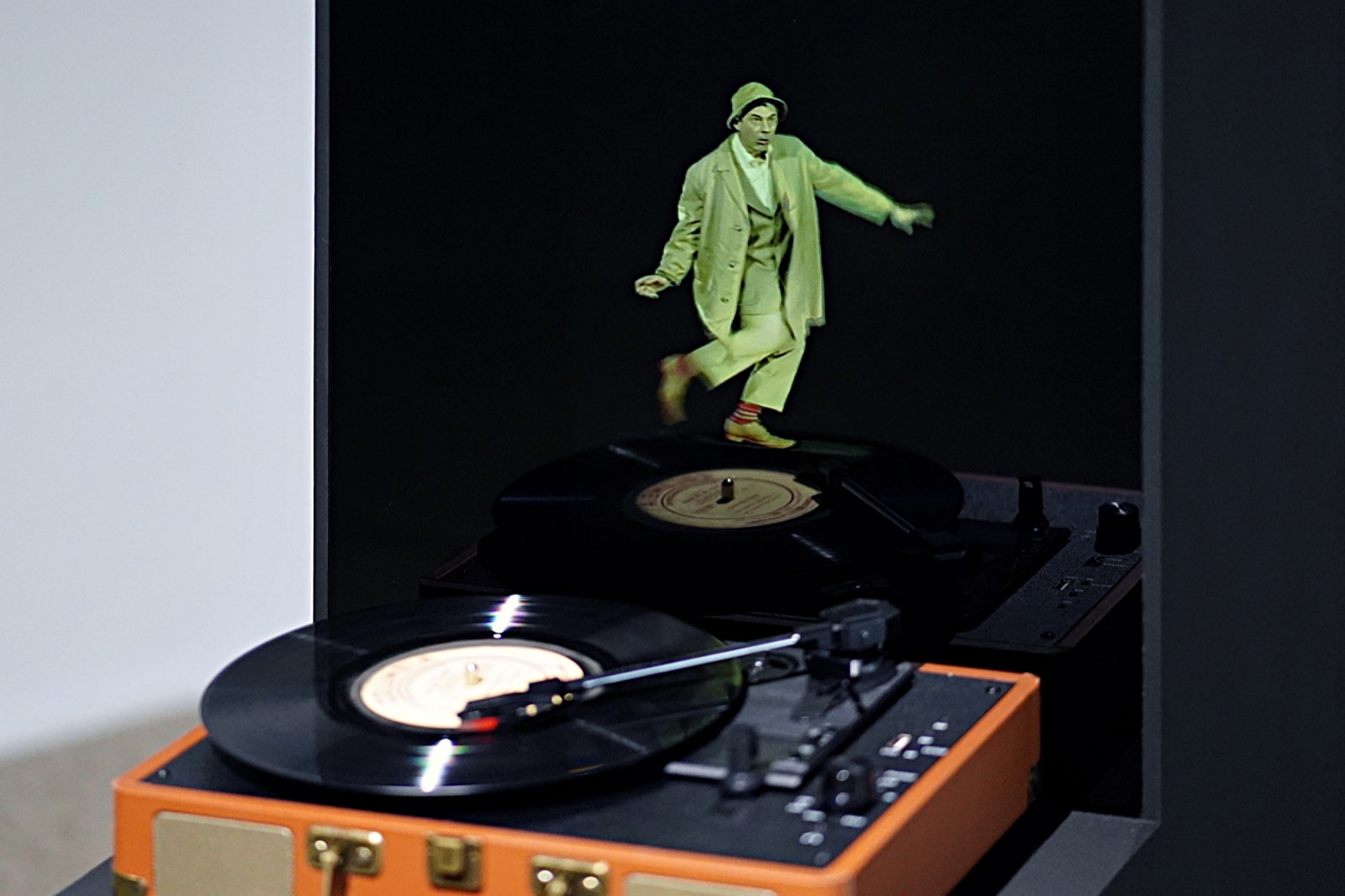
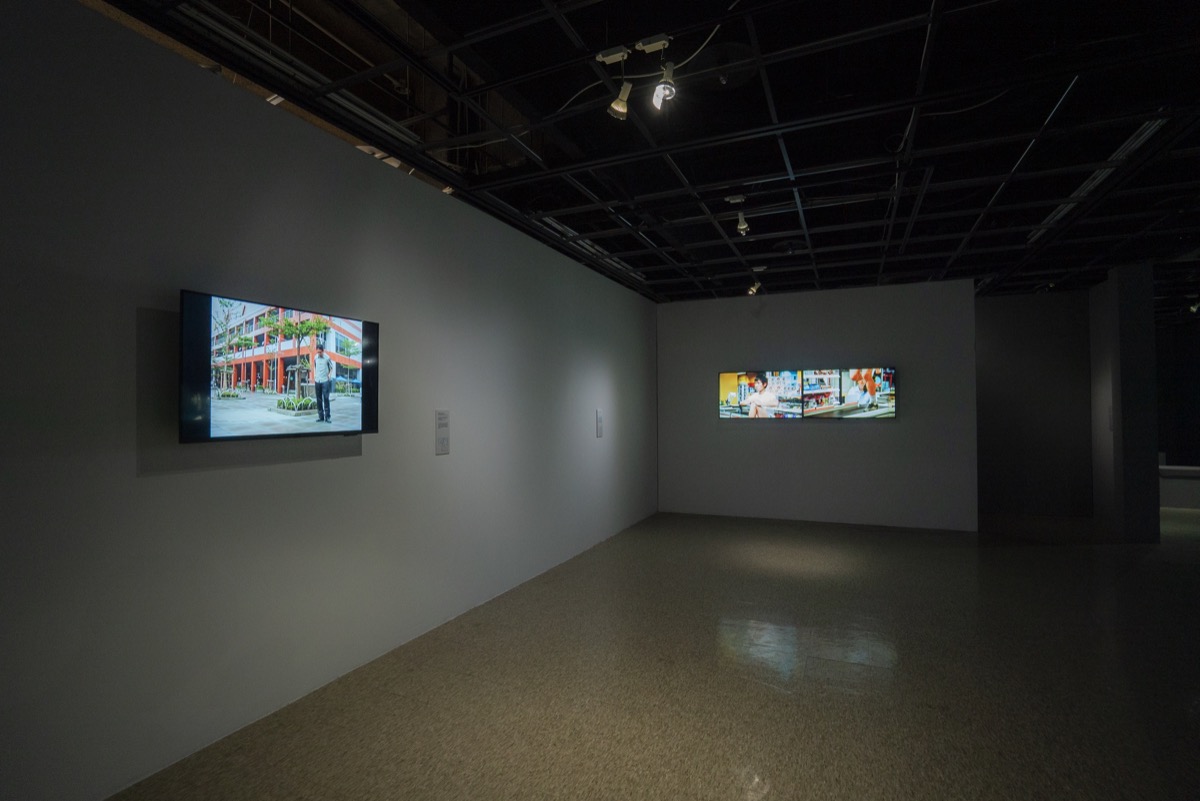
Pierrick Sorin presents by self-filming his day-to-day life (Awakening), plays multiple roles with changing identities in his fictional scenes (261 Bd Raspail, An Aria in the Shower), and interprets a kaleidoscope of human behaviors in real society (Homage to Jacques Tati). Likewise by self-filming, Kuang-yu Tsui himself interprets the role of the other and, through the behavior engaged and role-playing in society, brings out an absurd relationship of adaptation between human beings and urban environment (A Shortcut to the Systematic Life: City Spirits, A Shortcut to the Systematic Life: Superficial Life). Musquiqui Chih-ying introduces irrelevant behavior in specific places, transforming familiar scenes into nonsensical conditions (The Jog, The Alp).
02 Scene
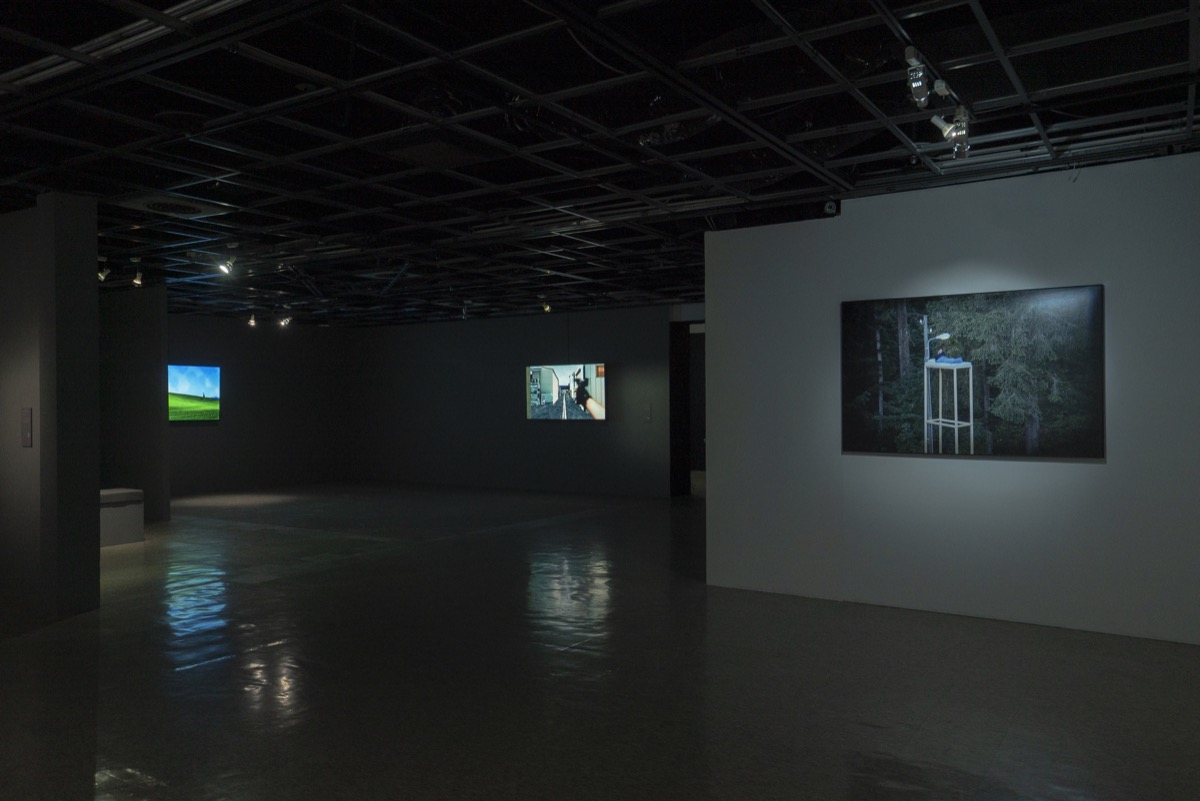
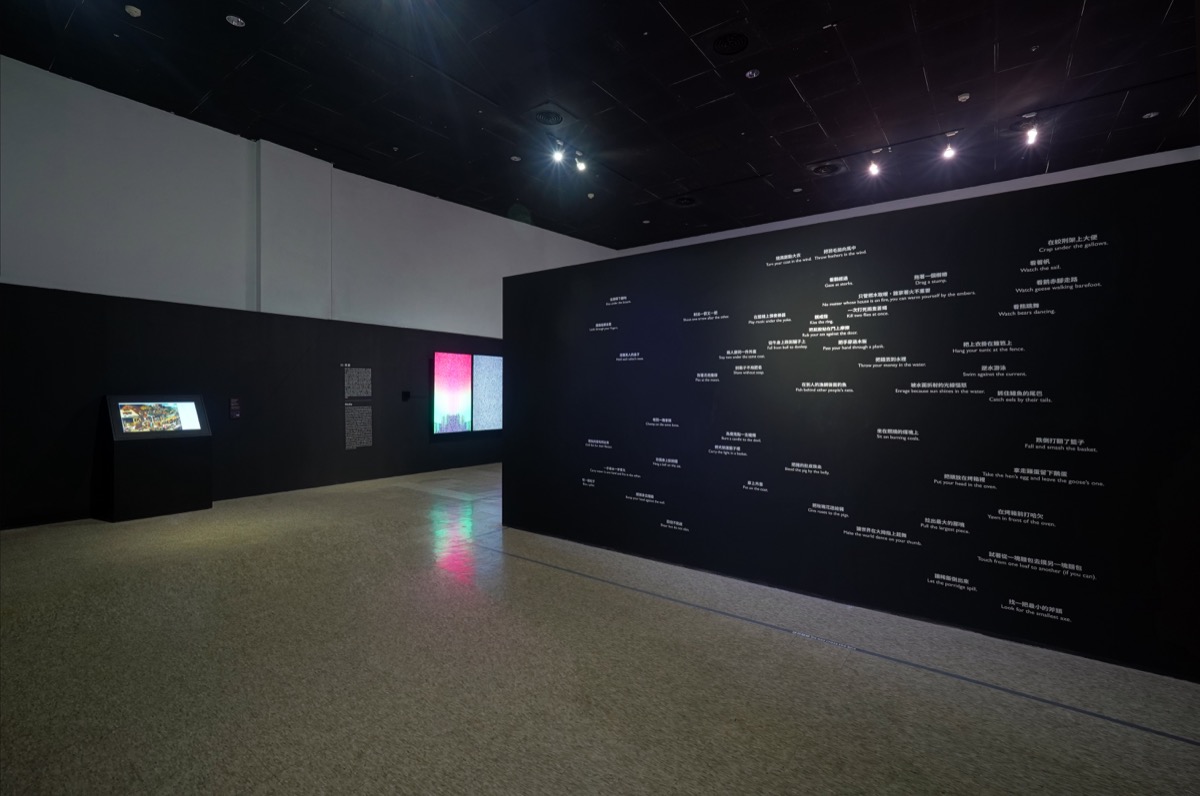
Following the sub-theme of "behavior" concerning the relationship between human beings and urban environment, Dorian Gaudin sorts out burlesque scenes from our daily behavior and, by the characters’ routines in the inclined room, insinuates the ubiquitous relation of leverage between human beings and objects (Saâdane and Sarah). Besides, the artist projects the conditions, intimate and yet alienated, between human beings and objects, by imitating the human interaction via machines (Love Actually). Wan-jen Chen arranges “man, object and living space” in the world of digital images, and furthermore, copies the flashes of human behavior by the image post-processing technique to create an infinite loop of time, demonstrating a mediatized body of his characters with repeated movements in the age of image (Good Morning, Bill, To Hell with Your Future and Little Black Cat). Eric Watier deconstructs and translates into words a spectrum of human behavior illustrated in Netherlandish Proverbs (1599) by Pieter Bruegel the Elder, from which the public is invited to restore the association among mankind, object and environment 500 years ago (Discreet Works (thanks to Bruegel)).
03 Media
Continuing the sub-theme of “scene” in regard to a “restoration of reality”, Yu-Hsiung Huang uses the information interface composed of the programming language for AI to generate dialogues between mankind and AI, during which the communication is bridged and lost at the same time. The public is thus invited to retrace the path leading to “the world as it is” (Vague Dialogue, Invalide Perception). Shun-Chung Shih pays special attention to the gestures click/press indispensable for the mobile phone’s social softwares and transforms them into a set of ritualistic “finger behavior” (Tech Zen); in addition, he employs the repeated operation of dynamic machine to replace the repeated gesture of the fingers playing online games (Grinding Action). Furthermore, Fuzhong Boy elaborates by performance art the above-mentioned “finger behavior” on the interfaces of the electronic products (Zen Garden). Following the “human gestures imposed on the electronic products”, Julien Prévieux invites the performers to use in the air electronic products with mechanical gestures (What Should We Do Next?), and imitates AI language to conduct a daily conversation (Where is My (Deep) Mind?), by which the artist criticizes the technological media that unknowingly restrains human behavior and ideology in the era of new media.

